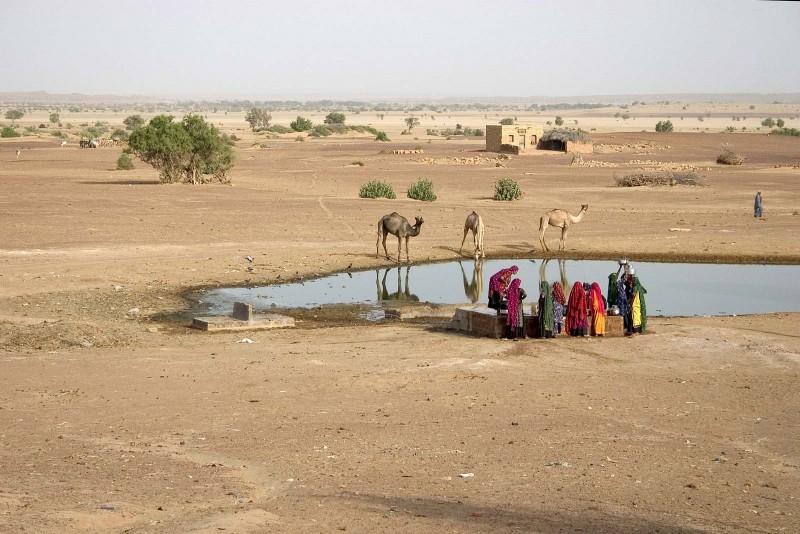
The Max Planck Institute for the Science of Human History in Germany, Anna University in Tamil Nadu, and IISER Kolkata researchers made a study on the Thar Desert indicates clearly that Stone Age populations lived in the Thar Desert. The Thar Desert we see today possess completely different landscape than the study revealed. An evidence of a "lost" river that ran through the central Thar Desert, near Bikaner, Nal Quarry as early as 172 thousand years ago, have been found by the researchers.
Eight beaches in India were Blue Flag certified in a historic way
The lost river was found approximately over 200 kilometres away from the nearest modern river. The researchers said, the presence of a river running through the central Thar Desert would have offered a life-line to Paleolithic populations, and potentially an important corridor for migrations. Jimbob Blinkhorn from The Max Planck Institute for the Science of Human History said the desert has a rich prehistory, our team is uncovering the wide range of evidences showing the survival of Stone Age Population and how they prosper in these landscapes. Professor Hema Achyuthan of Anna University explained that the studies of satellite imagery have shown a dense network of river channels crossing the Thar Desert but they can't tell us when.
2000 Years old cat etching at Nazca Lines, Peru
The evidence on the ground for river activity can give idea about the time period. The quarrying activity near the village of Nal exposed researchers to a deep deposit of river sands and gravels. The different deposits gives different phase of river activity. A method called luminescence dating was used to study the sands. The results say the strongest river activity occurred approximately 172 and 140 thousand years ago. The time frame in which the river was active overlaps with changes in human behavior, it is linked with the earliest expansions of Homo sapiens from Africa into India, said the researchers. This also suggests Homo sapiens, earliest members of our own species, encountered the monsoons and crossed the Thar Desert. The landscape seen then is different to the landscape we see today, said the team.
Uttarkhand opened up for Workcation or Relaxation: Tourism in India